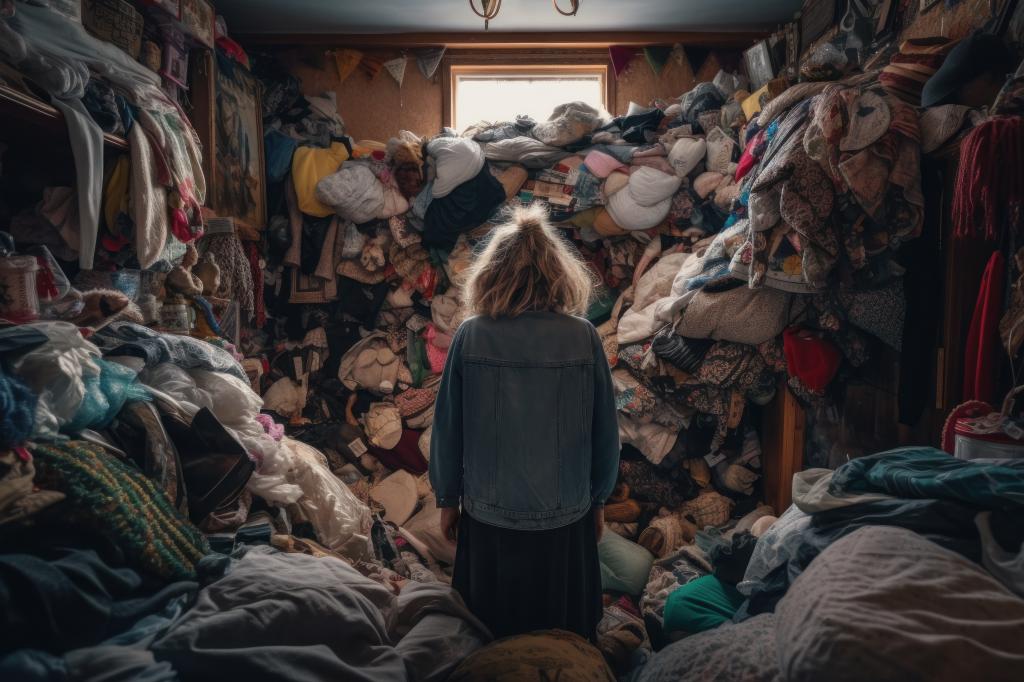Psychologist shares 3 ways to tell if you’re a secret hoarder


Hoarding disorder affects about 2.6% of all adults, especially those who are older than 60 and suffer from anxiety and depression.
Now, Dr. David Tolin, a clinical psychologist who is featured on the A&E series “Hoarders” — Season 15 premiered last week — is sharing three ways to tell if you are secretly a hoarder.
“Hoarding disorder is a psychiatric condition that is characterized by extreme difficulty discarding or otherwise letting go of possessions,” Tolin explained to the Daily Mail in a new interview.
“[This] results in the clutter building up to the point where living areas in the home are no longer usable for their intended purpose,” he continued.
Hoarders get very attached to their possessions, he noted, often making their homes unlivable or unsafe.
He shared three common types of attachments hoarders have to the objects they amass — sentimental, utilization-based, and aesthetic attachments.
Sentimental attachment
This is when a person associates a possession with a happy memory or a good person in their life — and they don’t want to let it go.
“This insecure attachment to objects might be in part due to the tendency in people with compulsive hoarding problems to imbue objects with human-like qualities and to consider possessions as a part of themselves; the object becomes not just something but also someone, not just mine but also me,” wrote researchers of a 2019 study of emotional attachment to objects.
“Losing such possessions might thus have greater negative consequences because it equates the loss of self or a significant other,” the researchers added.
Utilization-based attachment
Tolin described this type of attachment as: “[Thinking an item is] very important and, ‘I’m going to need it or somebody’s going to need it, and it’s my responsibility to make sure it gets kept.’”
He said he’s seen hoarders collect a variety of items — even if the object doesn’t meet their needs.
“It’s newspapers, its magazines, it’s clothes that no longer fit and that they no longer want to wear, it’s things that we think somebody else is going to need,” he shared.
Aesthetic attachment
This is holding onto stuff that has a particular feature or characteristic, like texture or color.
One study reported one patient excitedly describing her collection of bottle caps: “Look at these bottle caps — aren’t they beautiful? Look at the shape and the color!”
Research published in 2015 found that saving objects for emotional reasons was the top motive for people with obsessive-compulsive disorder.
Among study participants with hoarding disorder, waste avoidance was the major driving factor, rather than saving the items for emotional reasons or aesthetics.
Tolin said that in severe cases, people have been known to save bodily fluids, nail clippings, and even cat carcasses.
Tolin recommends asking yourself, “Why do I feel like I need this? What is this actually doing for me?”
Other questions to consider: “What is it that I really want my home to look like?” Tolin posed. “How is it that I really want to function? And are those aims best served by hanging on to this item? Or by letting go of it?”
Season 15 of “Hoarders” airs Mondays at 8 p.m. EST.








